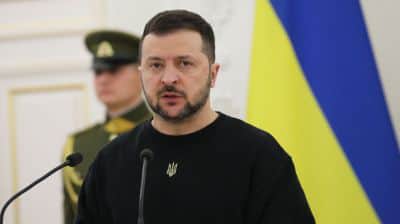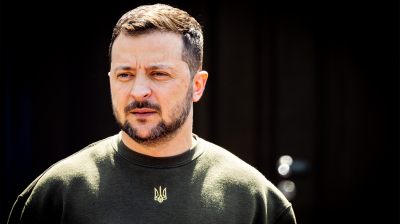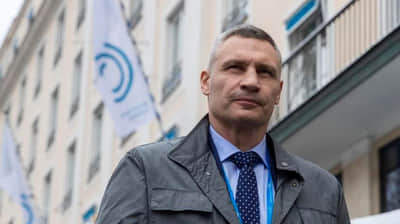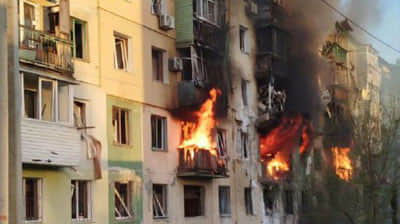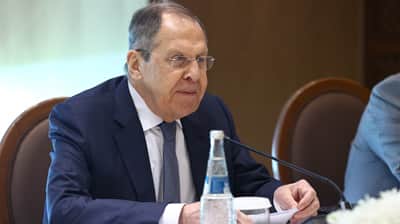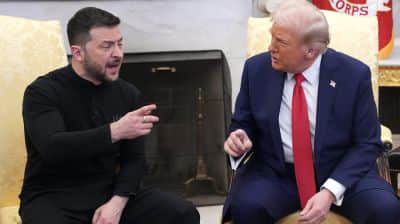Russia runs out of Soviet-era tanks and artillery
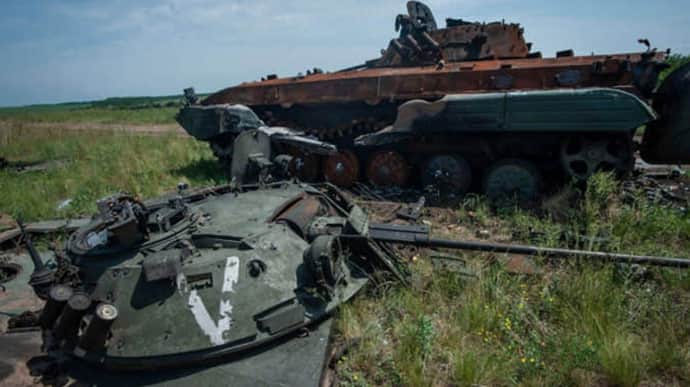
Western analysts report that Russia has decommissioned weapons accumulated during the Soviet era, but up to 70% of old tanks have not been moved, and the rest have been refurbished and passed off as new. The Russians are also removing artillery barrels from old equipment and installing them on self-propelled howitzers. If this continues, Russia will reach a "critical point of depletion" in 2025.
Source: The Economist
Quote: "The much-vaunted Russian offensive against Kharkiv in the north that started in May is fizzling out. Its advances elsewhere along the line, especially in the Donbas region, have been both strategically trivial and achieved only at huge cost.
The question now is less whether Ukraine can stay in the fight and more how long can Russia maintain its current tempo of operations.
The key issue is not manpower. Russia seems able to go on finding another 25,000 or so soldiers each month to maintain numbers at the front of around 470,000, although it is paying more for them.
Production of missiles to strike Ukrainian infrastructure is also surging.
But for all the talk about Russia having become a war economy, with some 8% of its gdp devoted to military spending, it is able to replace its staggering losses of tanks, armoured infantry vehicles and artillery only by drawing out of storage and refurbishing stocks built up in the Soviet era. Huge though these stocks are, they are not infinite."
Details: According to most intelligence estimates, Russia lost about 3,000 tanks and 5,000 other armoured vehicles in the first two years of the war.
The Dutch open-source intelligence website Oryx estimates the number of Russian tank losses with photographic or video evidence at 3,235 but suggests that the real figure is "much higher".
Aleksandr Golts, an analyst at the Stockholm Centre for East European Studies, says that Russian ruler Vladimir Putin should be grateful to the USSR for the huge stockpiles of weapons that were accumulated during the Cold War.
In particular, when former Russian Defence Minister Sergei Shoigu boasted in December 2023 about the delivery of 1,530 tanks during the year, he conveniently forgot to mention that nearly 85% of these tanks were not new. They were primarily old tanks – mostly T-72s, but also T-62s and even some T-55s dating back to just after World War II – that had been retrieved from storage, cleaned, and refurbished.
The Russians deployed about 175 fairly modern T-90M tanks to the front since the beginning of the invasion. The International Institute for Strategic Studies (IISS), a London think-tank, estimates that annual production could be close to 90 tanks this year.
IISS analyst Michael Gjerstad argues that most of the T-90Ms are actually upgrades of older T-90As.
Another challenge for Russia is the production of artillery barrels. Russia currently has enough shells, likely around 3 million, with the help of North Korea: "but the downside of such high rates of fire has been the wear and tear on barrels". The howitzer barrels in some areas of active hostilities need to be replaced after a few months of intensive usage.
The Russians have decided to remove the barrels from old towed artillery and install them on self-propelled howitzers. Analysts believe that around 4,800 barrels have been replaced by the start of 2024. How much the Russians can go on like this depends on the condition of the remaining 7,000 barrels.
The greatest problem that the Russian military faces is tanks and infantry fighting vehicles (IFVs).
IISS estimated in February this year that Russia could have about 3,200 tanks in storage, but analysts say up to 70% of them "have not moved an inch since the beginning of the war".
Many of the T-72s have been stored in the open since the early 1990s and are likely in very poor condition.
Analysts say that at the current rate of wear and tear, Russia's tanks and IFVs in storage will reach a "critical point of exhaustion" by the second half of 2025.
Quote: "Unless something changes, before the end of this year Russian forces may have to adjust their posture to one that is much more defensive, says Mr Gjerstad. It could even become apparent before the end of summer. Expect Mr Putin’s interest in agreeing a temporary ceasefire to increase".
Support UP or become our patron!
